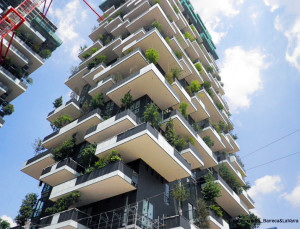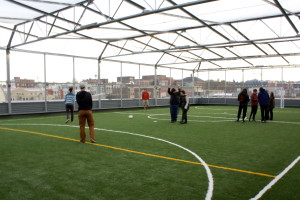by KRISTIN MILLER, Ecocity Emerging (e-newsletter of Ecocity Builders), February 2014
Greetings!
I recently participated in a lively and well-organized student-run conference on the environment and human rights at Northwestern University in Chicago.
The students wanted to demonstrate that the right to live in a healthy and safe environment, free from harm to air, water, and soil, are intricately intertwined with pressing social and economic rights. They see the right to a healthy environment as a fundamental right that precedes all the others.
We focused on the human aspect of climate change, pollution and declining resources. We heard from well-known activists and changemakers, including Winona LaDuke, American Indian activist and two time US vice presidential candidate on the Green Party ticket, and Njoki Njoroge Njhu, grassroots organizer, ecological activist and women’s advocate from Nairobi, Kenya.
I was on a panel exploring solutions at grassroots and institutional levels. I shared the stage with Vu Thi Bich Hop, Executive Director for the Center for Sustainable Rural Development in Vietnam, and Alaka Wali, curator of North American Anthropology in the Science and Education Division at The Field Museum in Chicago where she works through a participatory action research model in neighborhoods throughout Chicago. My presentation focused on eco-citizenship and our rights and responsibilities as beneficiaries of Nature’s ecosystem services and society’s socio-cultural offerings and opportunities.
By the end of the conference, Vu Thi Bich Hop, Alaka Wali and I had become friends and collaborators. Alaka Wali’s participatory action research framework is a perfect fit for the EcoCitizen World Map Project. And so Ecocity Builders and The Field Museum are now working together to deepen each other’s impact by sharing resources and information.
I tell this story because it shows in a very simple way the power of forming positive relationships and sharing. When information and resources are shared, the value of goods and services can be increased, for the business, for individuals and for the community.


 Article de Frank Boutté portant sur le développement durable et sur l’approche et les outils opérationnels mis en place par l’agence Frank Boutté Consultants.
Article de Frank Boutté portant sur le développement durable et sur l’approche et les outils opérationnels mis en place par l’agence Frank Boutté Consultants.